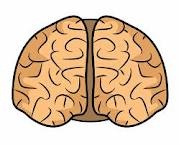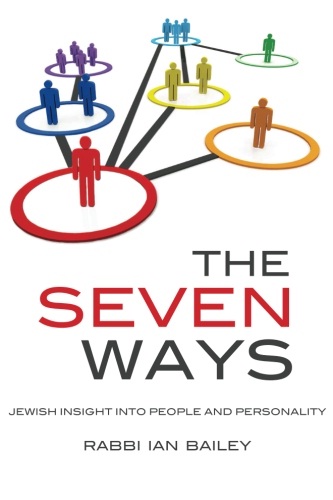A New Question: What Happens When we Remove Part of Your Brain?
One of the questions that is asked to me most frequently is: do we really only have only 3 or the 7 possible qualities that make up our personality? Don’t we have all of the traits?
In a now-famous case, a man had the part of his brain removed that controlled intuition, but the part that governed logic was not tampered with. The man was very skilfully able to solve logic puzzles, but was unable organize, through prioritization, his schedule for the week. Intuition is necessary in life, and it’s often necessary even for the intellect to be ‘smart’. This case highlights the fact that  certain skills we possess are used independently and in tandem with other traits. It also highlights the something that it is important for us to remember: no matter what our IQ is on paper, we all have an intellectual part to our being and can all be ‘smart’ with practice and actual use of our brain (a novel concept! 🙂 ).
certain skills we possess are used independently and in tandem with other traits. It also highlights the something that it is important for us to remember: no matter what our IQ is on paper, we all have an intellectual part to our being and can all be ‘smart’ with practice and actual use of our brain (a novel concept! 🙂 ).
The answer to the above question is ‘yes’. We do have elements of each of the seven qualities our being, and it is intriguing to explore how these qualities are found on several levels of our psychological and biological makeup. We are all able to utilize the middot to act with self discipline (gevurah) or do a creative act (tiferet), for example. In the above case, netzach/intellect needs hod/intuition to balance it. In fact, netzach contains the underlying Upper Sefirot qualities of chochma and binah[1], analytical thinking/wisdom and intuition, so, really, to some extent all analytical thinking needs to be tempered and thought through with intuition[2]. (Intuition is not magic; is in based on intelligent instincts and previous experiences, among other things).
That having been said, we have certain middot far, far more then others. Certain people have frequent impulses in their brains to create (or feel bad for not creating) and most other people are able to create only with toil or difficult. We have three levels of sefirot, which can all be different or the same (i.e., tiferet-hod-chesed, chesed-chesed-chesed, or even two the same chesed-chesed-gevurah).
[for a list and explanation of the seven qualities click here]
We possess the seven middot in other ways, as well. For example, certain parts of the brain function with these seven qualities. P art of our brain has been linked to empathy and intuition. This is related to hod. Another example is that the size of the neocortex part of the brain relates to how many social relationships we can manage at one time, so this can be understood to be a yesod part of the brain. See Dunbar’s number.
art of our brain has been linked to empathy and intuition. This is related to hod. Another example is that the size of the neocortex part of the brain relates to how many social relationships we can manage at one time, so this can be understood to be a yesod part of the brain. See Dunbar’s number.
The middot/sefirot also relate to our different inner emotional states. If one feels intense stress or empathy, this also relates to hod, whereas intolerance or the desire to educate relate to netzach. Netzach also makes many of us feel that we need to make sense of emotional pain and suffering.
[to order The Seven Ways and learn about these insightful qualities click here]
IB
[1] This is based on a piece by the Gra. I will elaborate on this concept and break down the Lower Seven Sefirot and the Upper Three Sefirot, chochma, binah, and daat, in one of my two upcoming publications “The Building Blocks“.
[2] This is the difference between ISTJs and INTJs in the Myer’s-Briggs system. Both are related to chochma (introverted thinking, strong definitive analysis of information), in that they gather factual information, but the N of the INTJ (usually netzach personality) makes more binah/intuition and the netzach can sense the true intention of the author of the information and ideas behind it. The S of the ISTJ (usually a gevurah personality) functions to get facts thoroughly clear, but it often prevents the ISTJ from comprehending deeper meaning or concepts behind the factual information.
